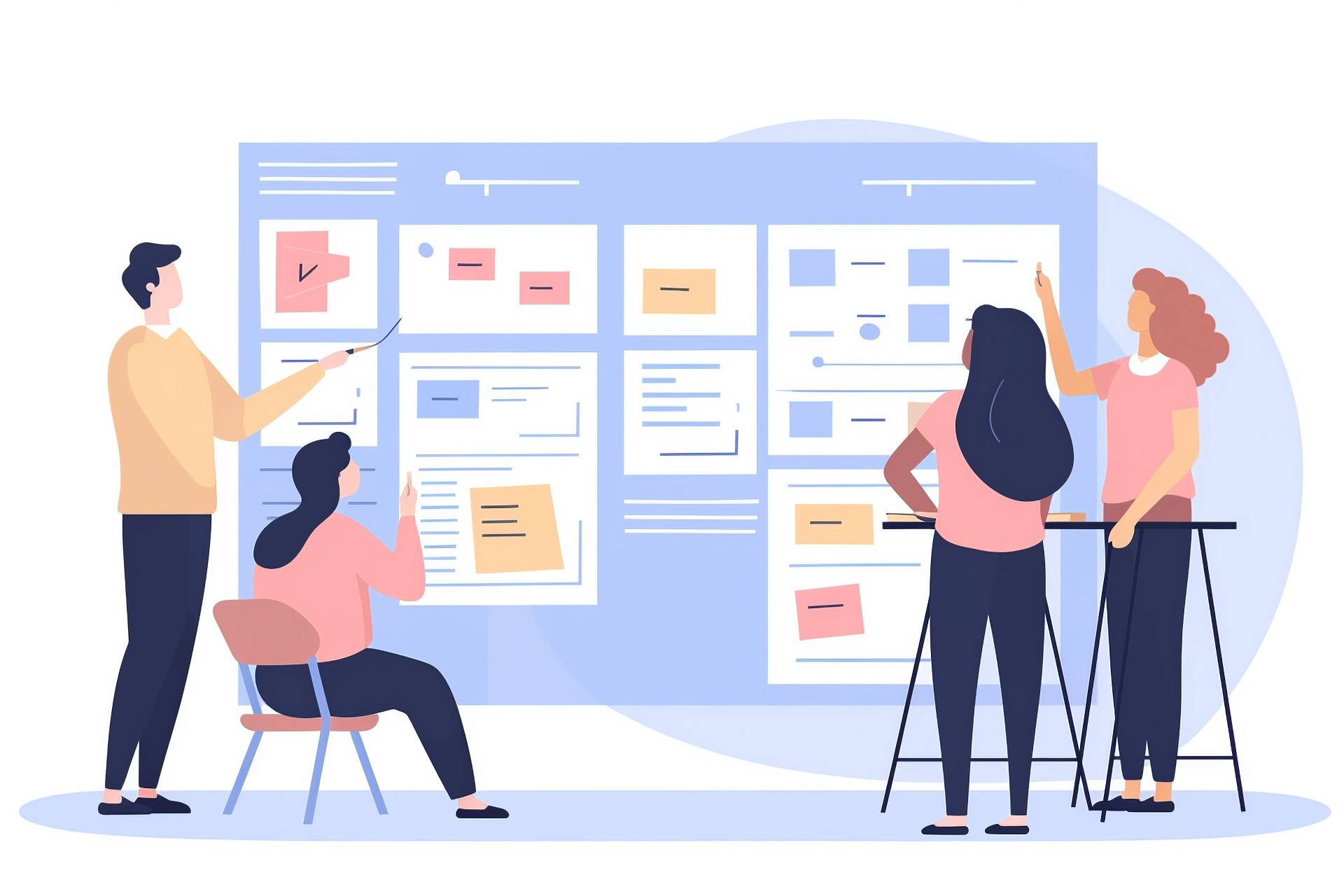Welcome to 2024, a year where innovation is not just a buzzword but the backbone of every successful startup. In this ever-evolving digital landscape, one step stands crucial in the early stages of product development — software prototyping. What exactly is software prototyping, and why has it become an indispensable tool for startups? Let’s dive in.
The Essence of Software Prototyping:
Software prototyping is the process of creating a preliminary model of a product, allowing startups to visualize, test, and refine their ideas. This early model, or prototype, serves as a functional draft to explore the feasibility of the concept. It’s a playground for innovation, where ideas take shape and the abstract becomes tangible.
Benefits of Prototyping for Startups:
- Cost-Efficiency: Prototyping helps identify potential issues early, saving costs on development down the line.
- Flexibility and Risk Mitigation: It allows for flexibility in design and development, reducing the risk of product failure.
- Early User Feedback: Startups can gather invaluable feedback from potential users, ensuring the final product meets market needs.
Prototyping in 2024, Trends and Tools:
The landscape of prototyping in 2024 has evolved with advancements in technology. AI-driven prototypes, rapid prototyping tools, and user experience-focused models are at the forefront. Popular tools that have risen to prominence, each offering unique features for creating interactive and high-fidelity prototypes.
- Sketch: Renowned for its vector-based interface and collaborative features, ideal for high-fidelity UI/UX designs.
- InVision: Offers interactive prototyping and real-time collaboration, making it a favorite for user experience design.
- Adobe XD: Known for its seamless integration with other Adobe Creative Cloud apps and powerful prototyping capabilities.
- Figma: Highly popular for its collaborative interface, allowing multiple users to work on the same prototype simultaneously.
- Axure RP: Offers more advanced functionalities for detailed and dynamic prototyping.
- Proto.io: Enables rapid prototyping with a focus on mobile app interfaces.
- Balsamiq: Best for low-fidelity mockups that focus on simplicity and clarity.
- Marvel: A user-friendly tool known for quick prototyping and testing.
Step-by-Step Guide to Effective Prototyping:
- Idea Clarification: Start with a clear vision of what problem your prototype aims to solve.
- Design and Develop: Use your chosen tools to design and develop the prototype, focusing on core functionalities.
- Feedback Loop: Present the prototype to potential users and stakeholders for feedback, and iterate based on their responses.
Challenges and How to Overcome Them:
- Resource Limitation: For startups with limited resources, focusing on the most critical features of the prototype is key.
- Managing Expectations: Clearly communicate that a prototype is a work in progress to manage expectations effectively.
- Feedback Integration: Balance between incorporating valuable feedback and staying true to your vision.
Conclusion:
As we look at the landscape of startups in 2024, software prototyping stands as a pillar of success. It is a tool for validation, innovation, and communication. By embracing this crucial step, startups not only mitigate risks but also position themselves to adapt, evolve, and thrive in the dynamic world of technology.
Are you on your startup journey? Share with us how prototyping is shaping your path. Let’s exchange ideas and learn from each other’s experiences in this exciting world of tech innovation!




